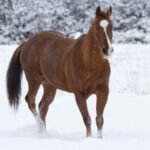Groundwork—the art of training and communicating with your horse while you remain on the ground—forms the foundation of a healthy horse-human relationship. Many equestrians focus primarily on riding skills without realizing that quality groundwork creates safer, more responsive, and mentally balanced horses. This comprehensive guide explores why dedicating time to groundwork exercises should be an essential component of every horse owner’s training program, regardless of discipline or experience level.
Building a Foundation of Trust and Respect

Groundwork establishes clear boundaries and communication channels between you and your horse before you ever climb into the saddle. When a horse understands what you’re asking on the ground, they develop confidence in your leadership and decision-making abilities. This trust-building process allows horses to feel secure in your presence, knowing you’ll provide consistent guidance and fair treatment. The psychological impact of this trust foundation extends to every interaction you’ll have with your horse, creating a willing partner rather than a reluctant participant. Horses that trust their handlers are significantly less likely to exhibit dangerous behaviors like bolting, rearing, or bucking under pressure.
Creating Safer Handling Experiences
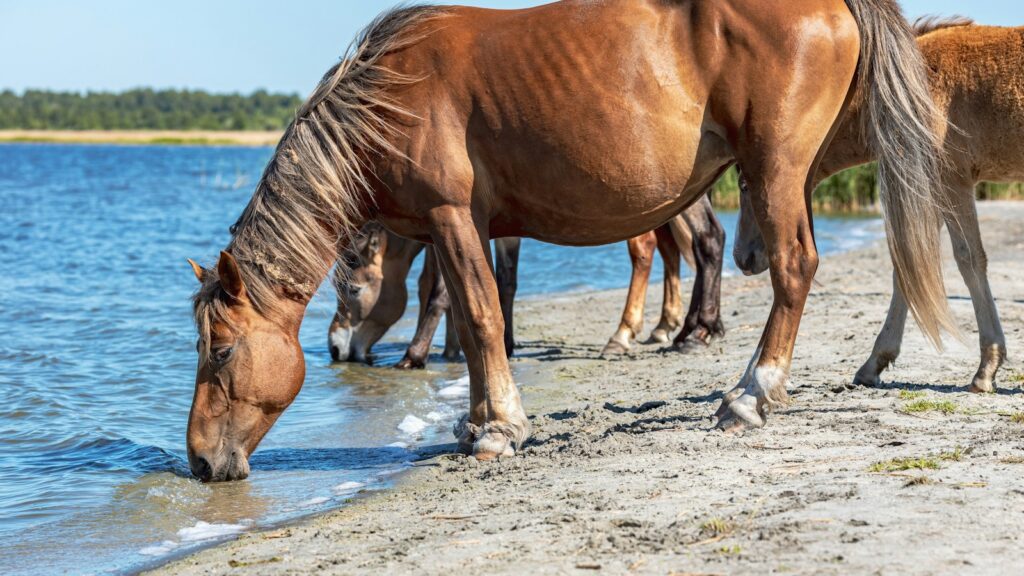
A 1,000+ pound animal with flight instincts requires proper handling protocols to ensure human safety. Groundwork teaches horses to respect personal space, yield to pressure, and respond promptly to cues—all critical safety skills. When emergencies occur, such as unexpected noises or movements, a horse with solid groundwork training is more likely to look to their handler for guidance rather than react instinctively. This training becomes particularly important during veterinary examinations, farrier visits, or trailer loading scenarios where calm, compliant behavior is essential. Many equine-related accidents occur during handling rather than riding, making groundwork an important injury prevention strategy.
Developing Body Awareness and Control

Many horses naturally move in ways that prioritize self-preservation rather than balance or efficiency. Through systematic groundwork exercises, horses learn to control different parts of their bodies independently—shoulders, hindquarters, ribcage—creating better overall coordination. This improved body awareness directly translates to better performance under saddle, regardless of discipline. Exercises like yielding the hindquarters or shoulders teach horses to redistribute their weight appropriately, which becomes the foundation for more advanced maneuvers. A horse that understands how to position its body on the ground will generally find it easier to carry a rider while maintaining proper form and balance.
Establishing Clear Communication Systems
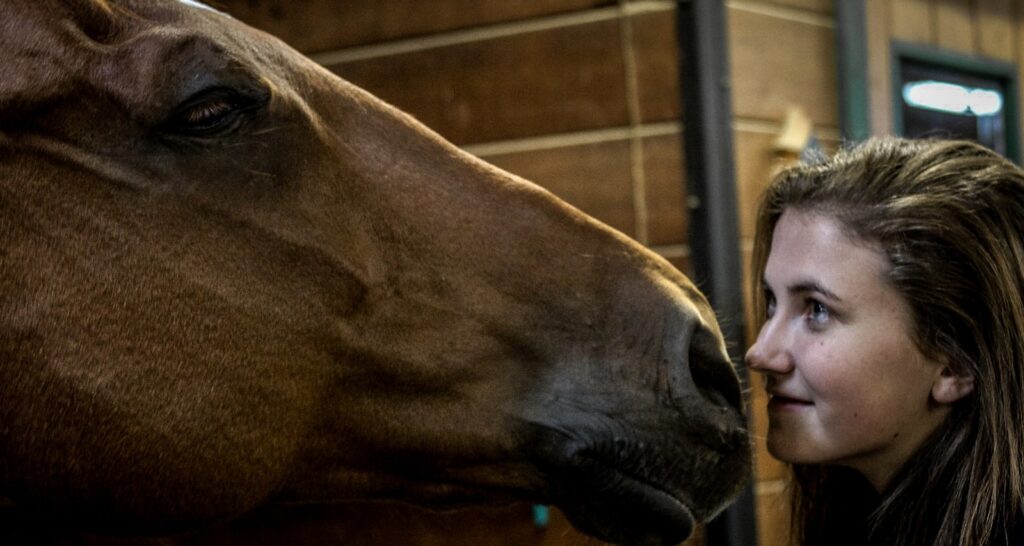
Effective communication with horses relies on consistent cues and clear expectations. Groundwork provides an opportunity to establish and refine these communication channels before adding the complexity of mounted work. During groundwork sessions, horses learn to respond to subtle energy changes, body positioning, and light physical cues from their handlers. This sensitivity development creates horses that respond to minimal signals rather than requiring stronger, more forceful aids. The communication skills developed on the ground create a “language” between horse and human that remains consistent whether you’re leading, lunging, or riding. Many trainers note that communication problems under saddle almost always reflect gaps in groundwork fundamentals.
Addressing Behavioral Issues Safely
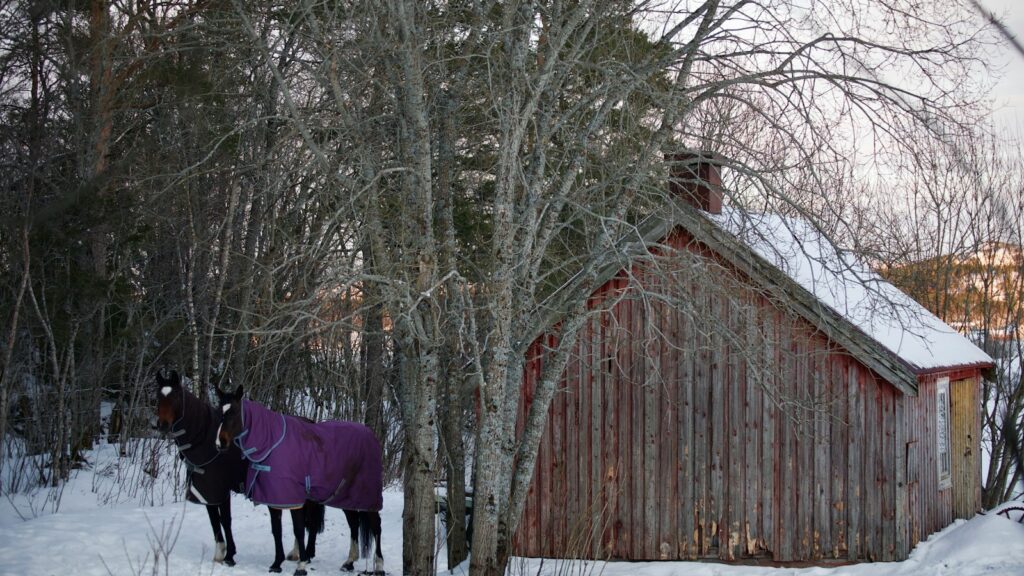
When horses display problematic behaviors, addressing them from the ground first is typically safer and more effective than attempting corrections while mounted. Groundwork provides a controlled environment where handlers can identify the root causes of misbehavior and implement appropriate training strategies. Issues like pushy behavior, barn sour tendencies, or distraction problems can be systematically addressed through targeted exercises that reinforce desired responses. The handler maintains better control and positioning during groundwork, allowing for more effective timing of pressure and release—the cornerstone of equine learning. Many behaviors that appear as “riding problems” actually stem from fundamental respect and boundary issues best addressed through groundwork.
Enhancing Mental Focus and Emotional Control
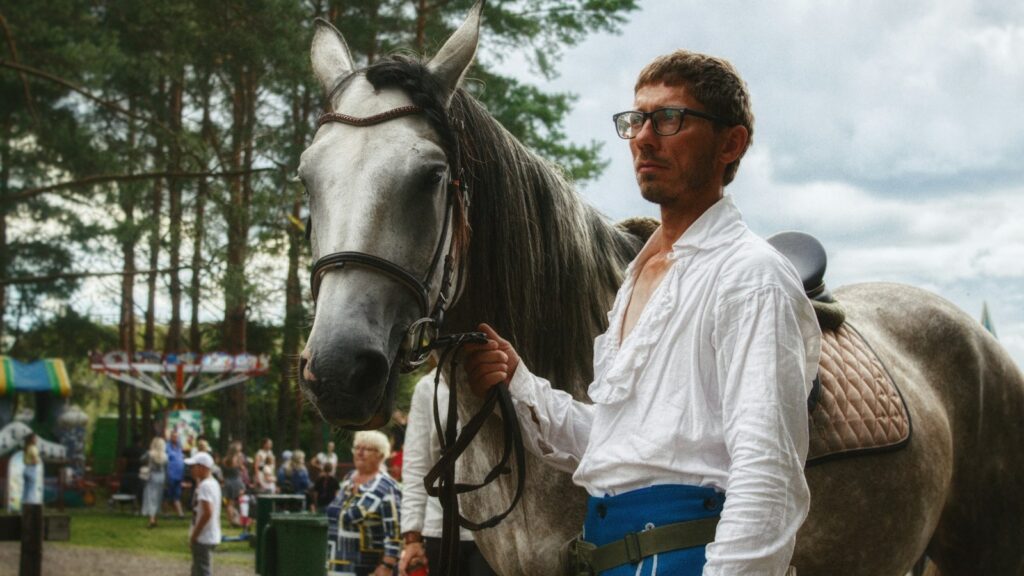
Groundwork exercises challenge horses to think critically and manage their emotional responses—crucial skills for reliable performance in any context. Through progressive desensitization and focus exercises, horses learn to regulate their anxiety and maintain attention even in stimulating environments. This mental conditioning creates horses that remain levelheaded during competitions, trail rides, or unexpected situations. Groundwork allows horses to process new experiences at their own pace, building confidence rather than triggering the fight-or-flight response. The emotional resilience developed through consistent groundwork often resolves seemingly unrelated issues like trailer loading problems, separation anxiety, or environmental spookiness.
Building Physical Strength and Coordination

Quality groundwork incorporates exercises that develop core strength, flexibility, and balanced muscling—physical attributes essential for carrying a rider safely. Movements like backing, lateral work, and transitions help horses develop the specific muscle groups needed for balanced riding work. This physical preparation significantly reduces the risk of strain injuries when mounted work begins or intensifies. Properly executed groundwork provides appropriate conditioning that prepares horses physically for the demands of their intended discipline. Many performance-limiting issues under saddle—rushing, hollowing the back, or resistance—stem from physical weakness that could have been addressed through targeted groundwork.
Creating Versatility and Adaptability
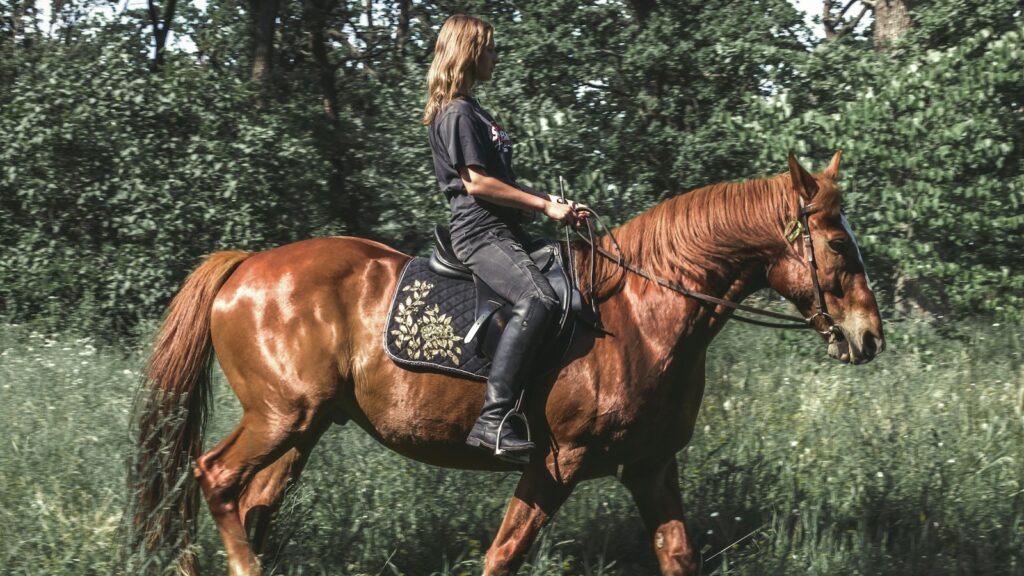
Horses with solid groundwork foundations tend to adapt more readily to new environments, handlers, and training challenges. The problem-solving skills and confidence developed during groundwork create more versatile equine partners capable of tackling diverse situations. This adaptability becomes particularly valuable when horses change ownership or transition between different riding disciplines. The mental flexibility developed through varied groundwork exercises creates horses that remain trainable throughout their lives rather than becoming fixed in limited response patterns. Many professional trainers observe that horses with extensive groundwork training learn new skills approximately twice as quickly as those without this foundation.
Improving Partnership Beyond Riding
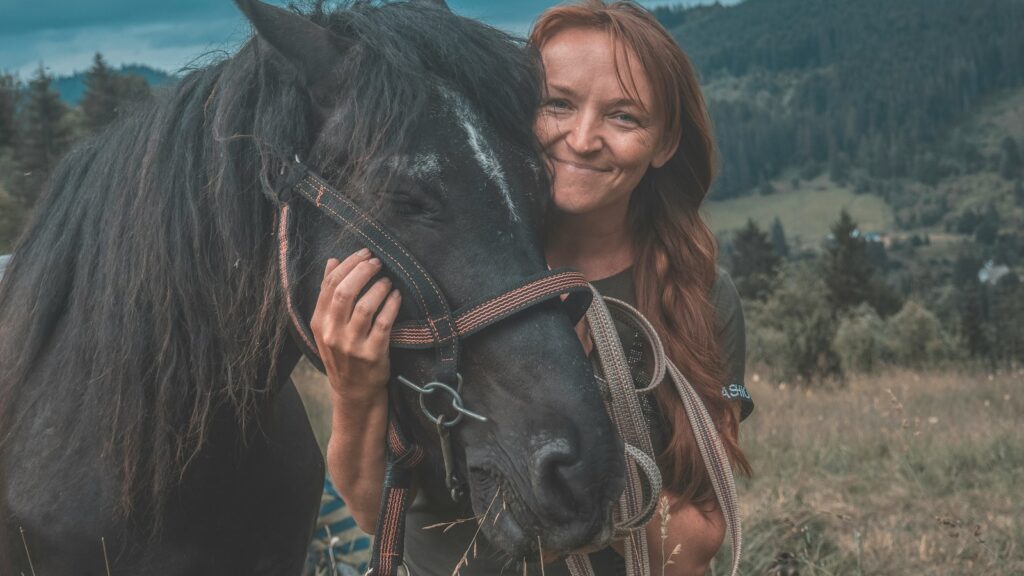
The horse-human relationship extends far beyond riding sessions, encompassing daily interactions, care routines, and shared experiences. Groundwork cultivates a deeper connection based on mutual understanding and respect that enhances these everyday interactions. Many owners report that consistent groundwork transforms problematic daily tasks like catching in the field, administering medications, or grooming into pleasant, cooperative experiences. This improved partnership often manifests as horses that actively seek human interaction rather than merely tolerating it. The quality of this relationship directly impacts not only performance but also the overall enjoyment and fulfillment both species derive from their partnership.
Providing Mental Stimulation and Preventing Boredom
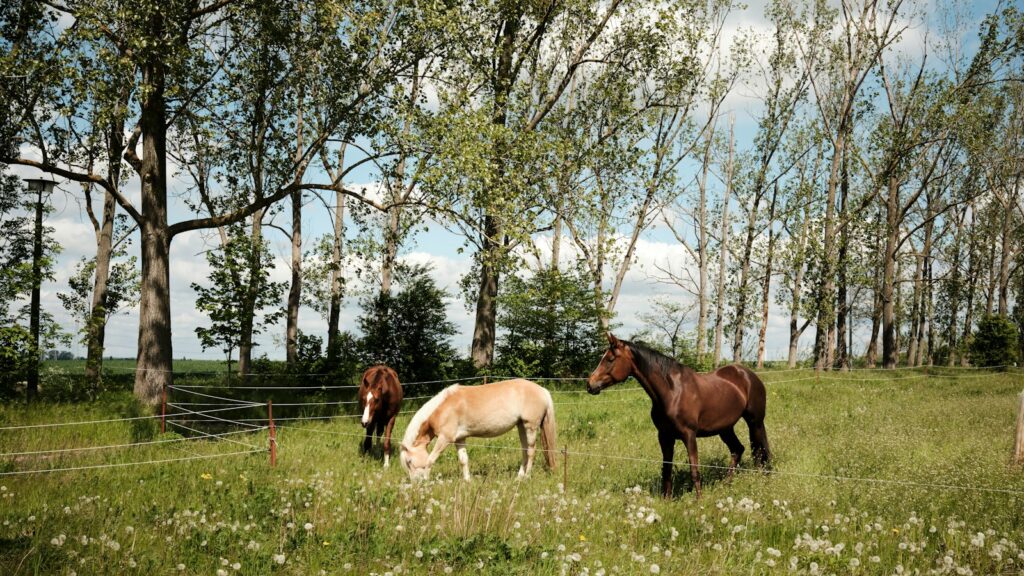
Horses are intelligent animals that thrive on appropriate mental challenges and varied experiences. Groundwork sessions offer cognitive stimulation that helps prevent stall vices, field boredom, and associated behavioral problems. The problem-solving aspects of groundwork engage the horse’s natural curiosity and learning capacity, creating more mentally balanced animals. This mental engagement proves particularly beneficial for horses with limited turnout or those recovering from injuries that preclude regular riding. Many rehabilitation protocols now incorporate specialized groundwork elements specifically because of their physical and psychological benefits during recovery periods.
Creating Cost-Effective Training Opportunities

One practical advantage of groundwork is its accessibility regardless of weather conditions, facility limitations, or time constraints. Productive training sessions can be conducted in small spaces like barn aisles, round pens, or even paddocks when arena access isn’t available. This flexibility allows for consistent training progress even during challenging winter months or facility limitations. Groundwork requires minimal equipment investment compared to specialized riding gear, making quality training accessible regardless of budget constraints. For owners with physical limitations that make riding difficult, groundwork offers a fulfilling way to develop horses while accommodating personal health considerations.
Establishing a Lifetime of Learning Readiness

Perhaps most importantly, thorough groundwork creates horses with a positive attitude toward the learning process itself. Horses that understand how to try different responses, process handler feedback, and receive rewards for correct answers become willing, engaged learners. This learning mindset persists throughout the horse’s career, making ongoing training and refinement significantly more productive. The confidence gained through progressive groundwork challenges creates horses that approach new situations with curiosity rather than apprehension. Many elite performance horses, regardless of discipline, share this common foundation of extensive, thoughtful groundwork training that established their lifetime learning orientation.
Conclusion
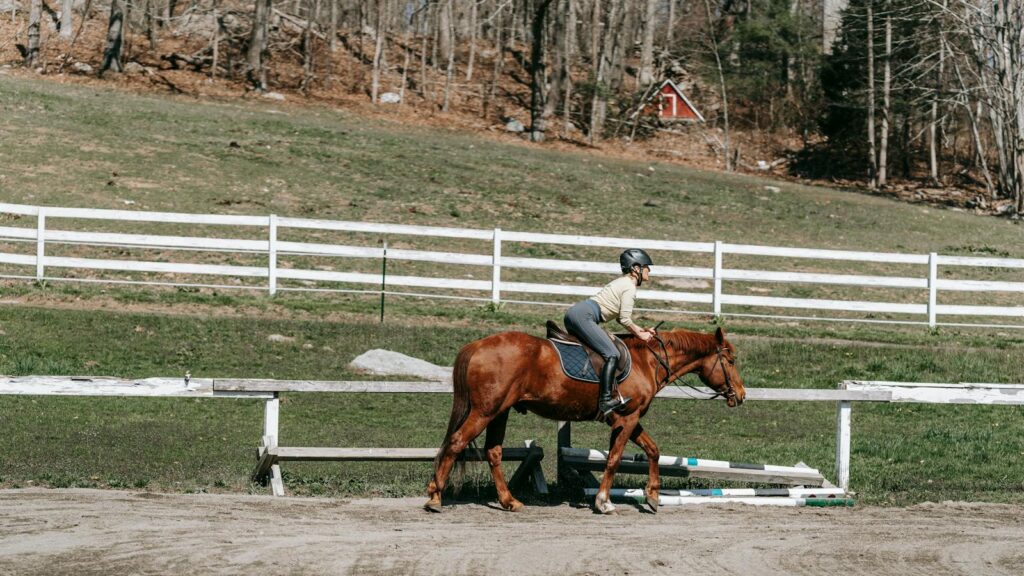
Groundwork training represents far more than preliminary exercises before “real” training begins. It establishes the physical, mental, and emotional foundation upon which all other equine development depends. By investing time in systematic groundwork, horse owners create safer, more responsive equine partners capable of reaching their full potential. Whether you’re working with young horses, rehabilitating troubled animals, or refining an experienced mount, quality groundwork remains the cornerstone of exceptional horsemanship. The communication system and mutual respect established through groundwork create not just better performance, but deeper, more rewarding partnerships that truly showcase the unique bond possible between humans and horses.







